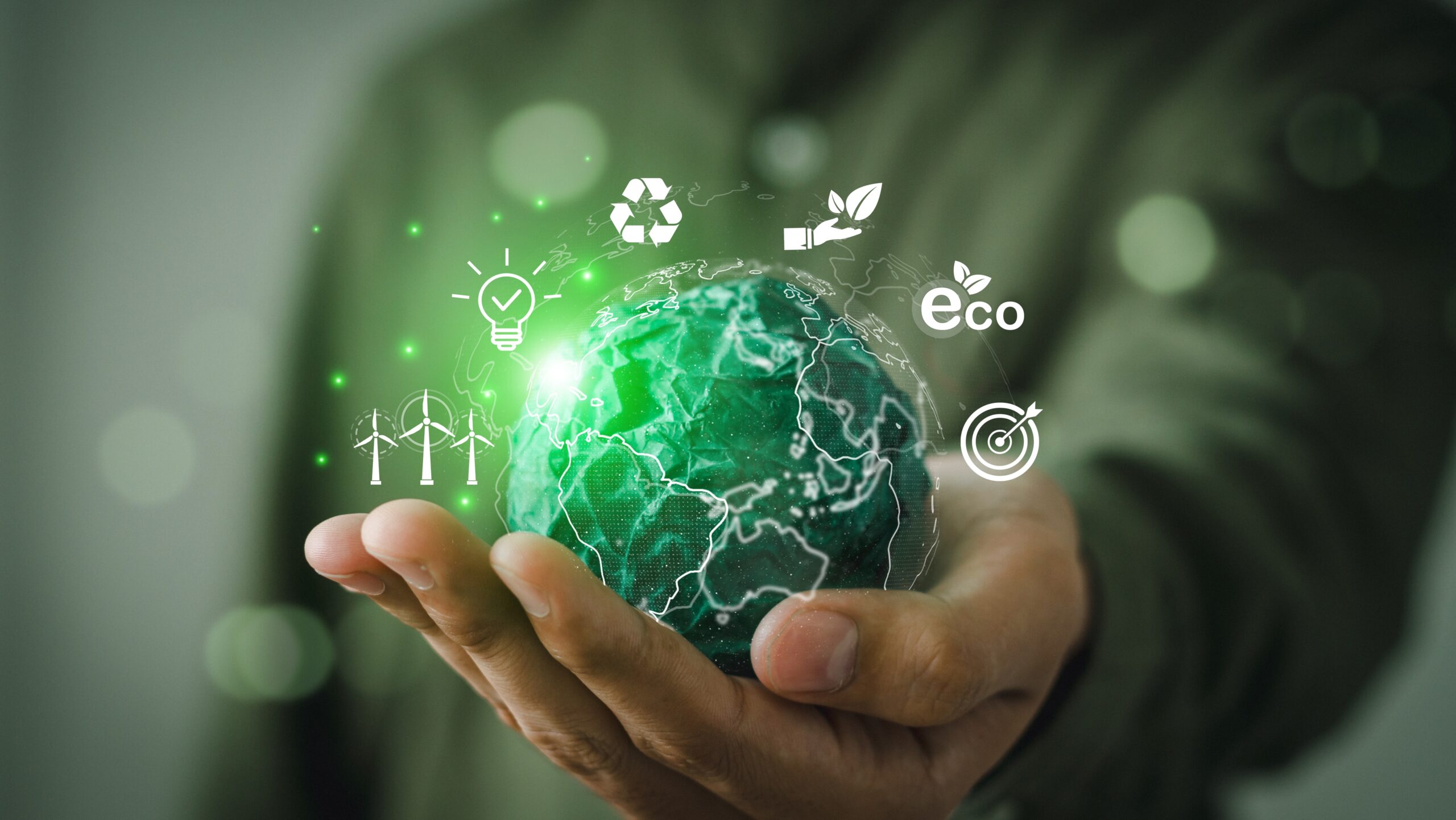
Green Tech & Sustainability: Can Innovation Save the Planet
As the planet faces an urgent climate crisis, the pressure is on to find scalable solutions that reduce emissions, restore ecosystems, and preserve resources. But can technology — often seen as part of the problem — become the solution? Green technology, from renewable energy systems to AI-powered agriculture, is emerging as one of our strongest tools for driving sustainable change. This article explores how innovation is addressing environmental challenges, the opportunities and limits of green tech, and how we can all be part of a smarter, cleaner future.
Outline
- What Is Green Tech, Exactly?
- Why Green Innovation Matters Now
- Key Areas Where Green Tech Is Making an Impact
- Real-World Examples of Sustainable Innovation
- The Challenges Facing Green Tech
- How Businesses and Individuals Can Support the Shift
- Final Thoughts: A Sustainable Future Built on Smarter Ideas
What Is Green Tech, Exactly?
Green technology, or clean tech, refers to innovations designed to reduce environmental impact, support resource efficiency, and support a low-carbon, sustainable future.
It includes:
- Renewable energy systems (solar, wind, hydro)
- Sustainable agriculture and aquaculture
- Waste-to-energy and circular economy tech
- Electric vehicles and green transport solutions
- AI, IoT, and data analytics applied to conservation and efficiency
In short, it’s technology with the planet in mind.
Why Green Innovation Matters Now
The world is facing:
- Rising global temperatures
- Accelerating biodiversity loss
- Water scarcity
- Soil degradation
- Extreme weather events
- Unsustainable consumption
According to the UN, we must halve global emissions by 2030 to keep warming below 1.5°C.
Innovation — when ethical, inclusive and sustainable — gives us a fighting chance.
Key Areas Where Green Tech Is Making an Impact
1. Renewable Energy
Solar panels, wind turbines, and smart grid systems are now more efficient and affordable than ever. Tech is enabling:
- Microgrids in remote areas
- Real-time energy usage tracking
- Battery storage to stabilise supply
2. Clean Mobility
Electric vehicles (EVs), hydrogen fuel cells and shared mobility platforms are transforming transport:
- Lower CO₂ emissions
- Fewer pollutants in cities
- Smarter, cleaner urban planning
3. Smart Buildings & Cities
IoT, AI, and data platforms enable:
- Automated energy optimisation
- Green infrastructure design
- Urban farming, water recycling, and vertical forests
4. Sustainable Food & Agriculture
From AI-powered precision farming to lab-grown meat and aquaponics, green tech is making food systems:
- Less water-intensive
- Less land-hungry
- More resilient to climate stress
5. Circular Economy Solutions
Innovation in materials and product design is supporting:
- Recyclable and biodegradable alternatives
- Waste-to-resource conversion
- Platform models that reduce consumption (e.g. renting vs owning)

Real-World Examples of Sustainable Innovation
| Innovation | Impact Area | Example Use Case |
|---|---|---|
| Solar-powered cold storage | Agriculture & food security | Preserves produce in rural off-grid areas |
| Vertical farms | Urban food supply | Grow lettuce in shipping containers in London |
| Plastic-eating enzymes | Waste management | Break down PET in days instead of centuries |
| Blockchain for supply chain traceability | Sustainable sourcing | Verifies ethical sourcing of coffee, cocoa, gold |
| Green hydrogen | Clean energy storage | Powers buses and long-haul transport with water-based fuel |
These aren’t ideas — they’re active projects driving measurable change.
The Challenges Facing Green Tech
Despite huge potential, green innovation still faces hurdles:
Infrastructure gaps
Many clean technologies need updated power grids, logistics networks, or transport infrastructure to succeed.
High upfront costs
Although long-term ROI is strong, initial investment can be a barrier — especially in low-income regions.
Scaling & adoption
Tech may be available, but if uptake is slow (due to policy, mindset, or affordability), impact is limited.
Greenwashing risks
Not all “green” solutions are as sustainable as they claim — transparency and regulation are essential.
The solution? Smarter policy, inclusive design, global collaboration — and critical thinking.
How Businesses and Individuals Can Support the Shift
For businesses:
- Invest in green R&D and sustainable design
- Switch to renewable energy sources
- Reduce waste through circular supply chains
- Use ESG frameworks to track and report sustainability impact
- Support climate tech startups and local innovation hubs
For individuals:
- Choose eco-conscious brands
- Reduce, reuse, repair — not just recycle
- Embrace digital minimalism and energy-efficient tech
- Advocate for green policies and corporate responsibility
- Share knowledge and inspire others
Systemic change needs both top-down and bottom-up action.
Final Thoughts: A Sustainable Future Built on Smarter Ideas
Can innovation save the planet? Not alone — but it’s a vital part of the solution.
💬 Green tech won’t fix everything, but it gives us the tools to do better, faster, and smarter.
The next decade will define our climate future. With purpose-led innovation, collective effort, and global commitment, we can move beyond sustainability as a goal — and make it a way of life.